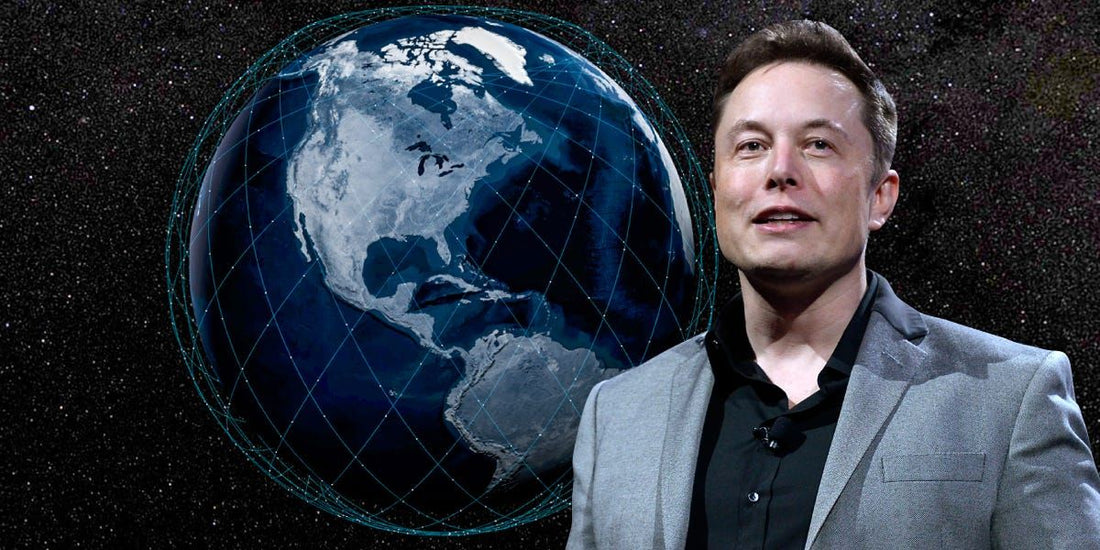
Starlink 4 Times Faster Than The Average Aussie Internet Speed, Says SpaceX Tests
Share
If you believe what Starlink is putting down in their beta tests, the global satellite constellation spells death for the NBN.
The Ookla Speed Test Global Index ranked Australia as 55th in the world for fixed broadband in December with an average download speed of 25.88 Mbps. The list was based on data from 129 countries.
The average download speed globally is 40.71 Mbps, and Starlink more than doubles that.
In a recent internal beta test from the Starlink service, projections show " super-low latency and download speeds greater than 100" megabits per second says SpaceX senior certification engineer Kate Tice during the broadcast.
Tice continued: "That means our latency is low enough to play the fastest online video games, and our download speeds are fast enough to stream multiple HD videos at once and still have bandwidth to spare,"
Parents and gamers throughout Earth collectively jumped for joy creating a shockwave of approval, maybe...
Tice also mentioned the company successfully tested "space lasers" (c'mon you said it like Dr Evil, admit it) that join satellites in an inter-satellite link. This means each satellite can transfer data to another without having to send it to the ground and back up again as we do now.
This creates a massive upheaval in signal speed.
"With these space lasers, these Starlink satellites were able to transfer hundreds of gigabytes of data. Once these space lasers are fully deployed, Starlink will be one of the fastest options available to transfer data around the world," Tice continued.
The public beta has been scheduled for later this year and SpaceX has reached out to participants who applied.
Friday's successful launch marked the most Starlink satellites launched in a single month at 180, the fastest in human history.

The Starink initiative aims to surround Earth - to the dismay of the astronomical community - in satellites numbering in the tens of thousands.
Making high-speed internet accessible and affordable to nearly all.
CEO of SpaceX Elon Musk said Starlink will put rural and remote regions on Earth online and continues to add to their current stock of 700 satellites orbiting Earth.
And with just 300 more satellites, they plan on getting the ball rolling on Starlink in earnest as they roll toward Musk's viability number of 1000 satellites.
With the goal being 42,000 in low orbit to create a "megaconstellation", you can see how such an apparent eyesore can draw the ire of observatories and the stargazing community at large.
But the good news doesn't end there.
To install the service, users will simply put a "UFO-on-a-stick" (a dish receiver) onto their roof, fence, table or anything else with an uninterrupted view of the sky and plugging it in via USB.
That's what Musk claimed via Twitter in July, with no further amends to the process.

Do you think the massive satellite constellation is a good thing or an eyesore?
Let us know in comments and once again thanks for supporting ARSE in a big way!
#Space_Aus

PS: Yo yo it's the Clintern! We just dropped ARSE masks and they're getting gobbled up!
Check out the head honcho of SpaceX rocking one in a definitely not photoshopped pic I made.... found...
Uhhhh yeah.
We've dropped them to our Space Society and email list so there's only what's left until none left.
So grab one if you're keen.
Cheers,
Clint the Intern




